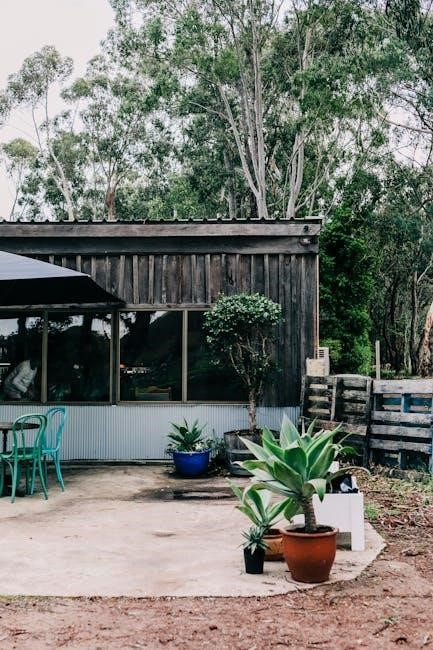Are you a gardener living in Zone 8b, looking for a reliable planting schedule to ensure a thriving garden? Look no further! This article provides a detailed guide on the Zone 8b planting schedule, including a PDF download, to help you plan and plant your garden with confidence.
Understanding Zone 8b
Zone 8b is a specific USDA Hardiness Zone, characterized by mild winters and an extended growing season. The last frost date in spring is typically around March 15, while the first frost date in fall is around November 15. Understanding your climate zone is crucial for choosing the right plants and planning your garden accordingly.

Zone 8b Planting Schedule
The Zone 8b planting schedule is divided into four main seasons: spring, summer, fall, and winter. Each season offers a unique set of planting opportunities, and it’s essential to plan accordingly to maximize your garden’s potential.
- Spring Planting (March to May): Plant cool-season crops like broccoli, cauliflower, and kale. Also, plant warm-season crops like tomatoes, peppers, and eggplants after the last frost date.
- Summer Planting (June to August): Plant heat-loving crops like okra, southern peas, and sweet potatoes. Continue to plant warm-season crops like squash, cucumbers, and melons.
- Fall Planting (September to November): Plant cool-season crops like lettuce, spinach, and carrots. Also, plant broccoli, cauliflower, and kale for a fall harvest.
- Winter Planting (December to February): Plant cool-season crops like Brussels sprouts, cabbage, and kale. Also, plant spinach, lettuce, and radishes for a winter harvest.
Download Zone 8b Planting Schedule PDF
For a more detailed and printable version of the Zone 8b planting schedule, download our PDF guide below:

Zone 8b Planting Schedule PDF
This comprehensive guide includes a month-by-month planting schedule, as well as tips and recommendations for specific plants and crops.
Additional Tips and Recommendations
In addition to following the Zone 8b planting schedule, here are some extra tips and recommendations to ensure a thriving garden:
- Choose plants that are suitable for your climate zone and soil type.
- Prepare your soil with organic matter and fertilizers before planting.
- Water your plants regularly, but avoid overwatering.
- Keep your garden well-maintained, with regular pruning, weeding, and pest control.


With the Zone 8b planting schedule PDF and these additional tips and recommendations, you’re well on your way to creating a thriving and productive garden. Happy gardening!

